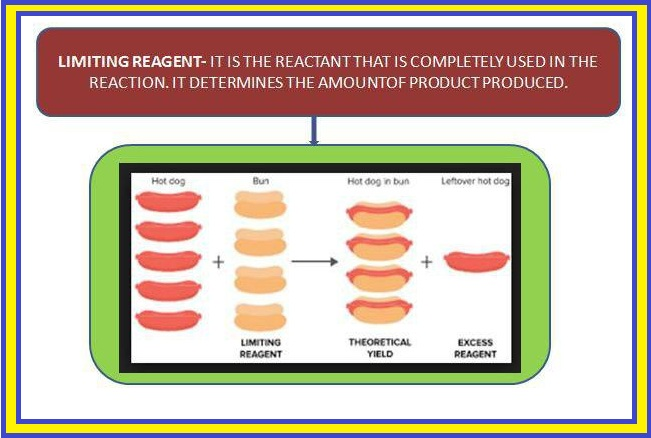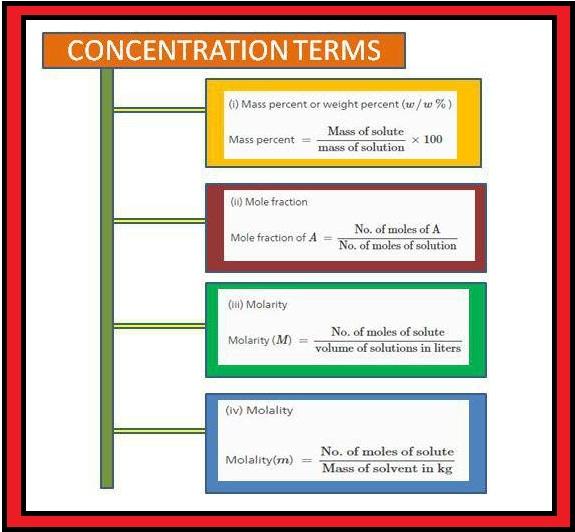- 1 month : Rs. 300
- 3 months : Rs. 499
- 6 months : Rs. 799
- 9 months : Rs. 999
- 1 year : Rs. 1499
- 2 years : Rs. 2499
Refer a friend!
If your friend buys the course then you will get cash back offer on the following basis:
- 1 Month : Rs. 50 Cash Back
- 3 Months : Rs. 100 Cash Back
- 6 Months : Rs. 150 Cash Back
- 9 Months : Rs. 200 Cash Back
- 1 Year : Rs. 250 Cash Back
- 2 Years : Rs. 400 Cash Back
For more details on Refer system, call us on 9899962288





















